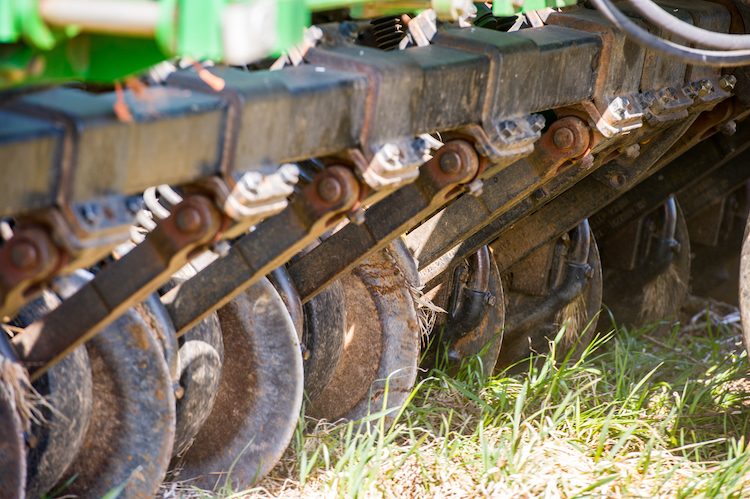Seed quality is key to establishing a good crop — or cover crop. According to Anne Dorrance, OSU pathologist, some of the percent inert, and percent weeds, and a listing of noxious weeds identified by scientific/common name and quantity found.
As producers are looking for seed sources to provide living cover on acreage this year that was previously earmarked for corn or soybeans, it is important to pay attention to the quality. These tests may also be required on seed lots for use in some relief programs as well. Commercial or certified seed used for cover crops should have a seed tag that shows variety and the seed quality measurements above.
However, if the seed is sourced from out of state, the noxious weeds listed — or not listed — on the tag by name may differ from those had the seed been sourced from Ohio.
Only the noxious weeds for the state where the seed was originally going to be sold are required to be listed on the tag by name and quantity (Federal Seed Act, part 201.16). Each state determines which species are included on this list, and can differ from state to state.
If seed is outside of Ohio for use on-farm, producers may want to have the seed tested for an “all state noxious-weed exam” prior to planting if this was not done previously on the seed lot. Only 1.2 pounds of seed is needed for the test, but it is critical the sample is representative of the lot to ensure quality test results, and may serve as a more comprehensive exam than was conducted at the time of initial seed lot labeling.
One service provider that can conduct this exam is Central Ohio Seed Testing (a subsidiary of the Ohio Seed Improvement Association. Samples can also be sent to Ohio Department of Agriculture for an Ohio noxious weed exam. Depending on the source of seed and the planned use, a seed lot may be eligible to be tested for free through ODA between June and December (up to three per farmer). Conducting a noxious weed exam could help slow the movement of problematic weeds throughout the state and minimize future weed problems.
Another issue to consider is the quality of seed in storage that was not planted this year due to weather. Storing seed in an environment where the temperature plus the percentage relative humidity are less than 100 helps to minimize the rate of seed deterioration — or loss in germination and vigor.
Seed germination is an important consideration for determining seeding rate to ensure the critical final stand for yield is achieved for crops like corn and soybeans. Most seed germination percentages on a seed tag for agricultural seeds are valid for 12 months from the last date of the month in which they were completed, with the exception being cool season grasses which are valid for 15 months beyond the month of testing.
Be sure to check the seed tag for both the date of the test as well as the germination when planning seeding rates.





Post a comment
Report Abusive Comment